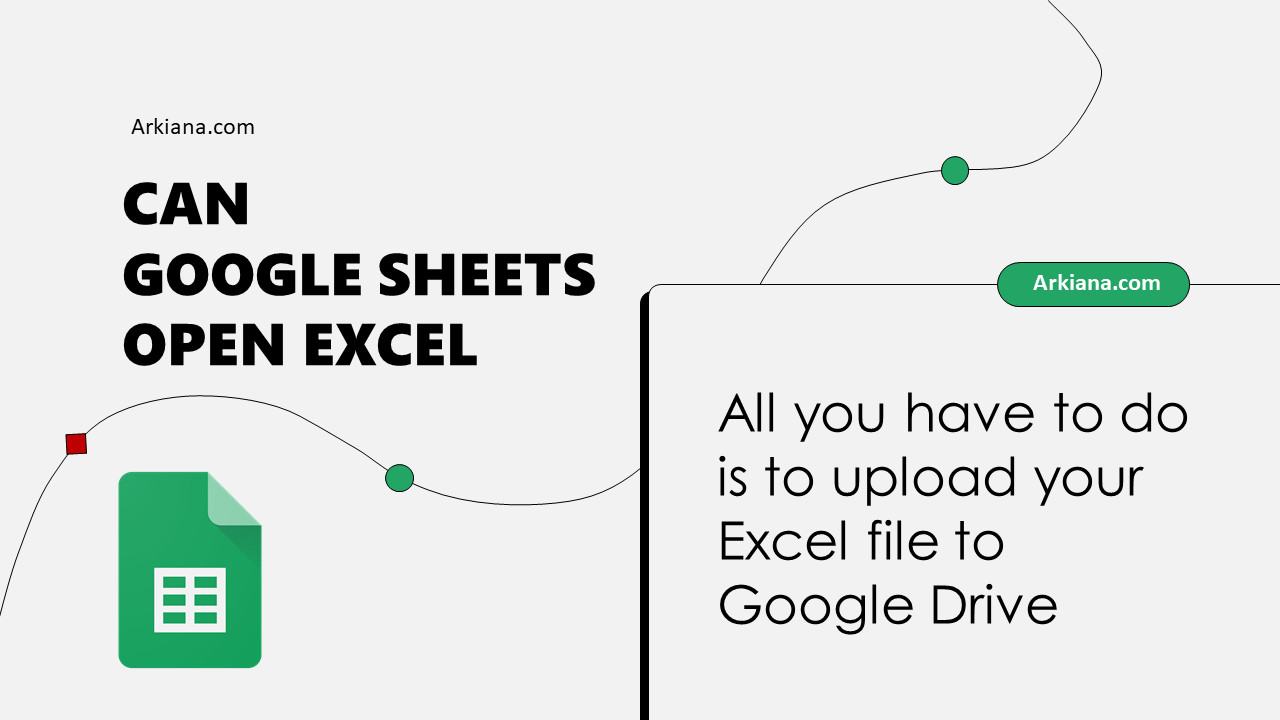3 Ways to Export Google Sheets to Excel with Formulas

In the world of data analysis and management, the need to share information between different platforms often arises. Google Sheets, a popular cloud-based spreadsheet application, and Microsoft Excel, a traditional powerhouse in the same field, have their unique functionalities and appeal to different users. While both programs support data manipulation and analysis, exporting data from Google Sheets to Excel can sometimes strip away essential components like formulas. This blog post will delve into three effective ways to transfer your Google Sheets data to Excel with formulas intact, ensuring your data analysis continuity.
Method 1: Using Google Sheets’ Native Export Feature


The simplest method to export Google Sheets data to Excel, including formulas, is by using the native export feature provided by Google Sheets:
- Open the Google Sheet you wish to export.
- Go to the menu bar and click File.
- Hover over Download and then select Microsoft Excel (.xlsx).
- The file will be downloaded, containing both the values and the formulas.
📌 Note: While this method preserves most formulas, some might not translate perfectly due to Google Sheets and Excel having slight differences in formula syntax.
Method 2: Copy-Pasting with Formulas

Sometimes, you might need more control over the export process or want to ensure all your data, including hidden sheets and cells, are transferred. Here’s how you can copy-paste with formulas:
- Open your Google Sheet.
- Select the range or the entire sheet by pressing Ctrl+A (Windows) or Cmd+A (Mac).
- Copy the selected data by pressing Ctrl+C (Windows) or Cmd+C (Mac).
- Open your Excel workbook, select the cell where you want to paste the data, and press Ctrl+V (Windows) or Cmd+V (Mac).
🔍 Note: This method works well for smaller sheets, but for large datasets or complex sheets with many formulas, you might encounter issues with formula accuracy or compatibility.
Method 3: Using Apps Script to Export

For the most customized control over your export process, Google Apps Script offers a programmatic approach to export sheets to Excel:
- In Google Sheets, navigate to Extensions > Apps Script.
- In the script editor, paste the following code:
| Code | Description |
|---|---|
function exportToExcel() {
const spreadsheet = SpreadsheetApp.getActiveSpreadsheet();
const sheet = spreadsheet.getActiveSheet();
const range = sheet.getDataRange();
const values = range.getValues();
const formulas = range.getFormulas();
const excelBlob = Utilities.newBlob([
"\n",
"
|
This script dynamically generates an Excel file containing both the data and formulas from your Google Sheet. |

Execute the function by clicking Run. The script will create an Excel file with formulas on Google Drive.
⚙️ Note: You may need to tweak the code if your sheet includes formatting or additional features that don't transfer well through XML.
Final Thoughts

Exporting Google Sheets to Excel with formulas intact is crucial for maintaining data integrity when moving from one platform to another. Each of the methods outlined above offers a unique approach to this task, with varying degrees of control, simplicity, and precision. Choose the method that best suits your needs:
- Use Google Sheets’ native export for simplicity.
- Copy-paste for smaller datasets or quick transfers.
- Apps Script for a tailored, scalable solution.
By understanding these methods, you can ensure a smooth transition of data between Google Sheets and Excel, preserving your valuable work on formulas. Remember, though, that while these methods aim to maintain your formulas, occasional discrepancies might occur due to the differences between the two platforms. Always verify your data after exporting to ensure everything is as intended.
What happens to formulas when using Google Sheets’ export feature?

+
Google Sheets’ export feature tries to maintain formulas, but some may not translate perfectly due to syntax differences between Google Sheets and Excel.
Can I export multiple sheets with formulas using these methods?

+
Yes, but you’ll need to export each sheet individually using the native export or Apps Script method.
Why should I use Apps Script for exporting?

+
Apps Script gives you the most control and can be automated or customized extensively for specific needs.



